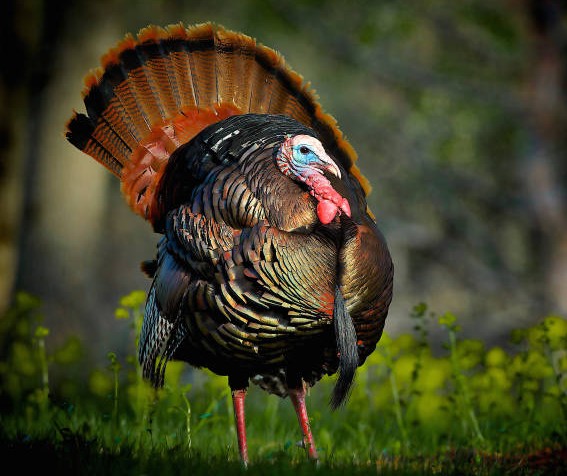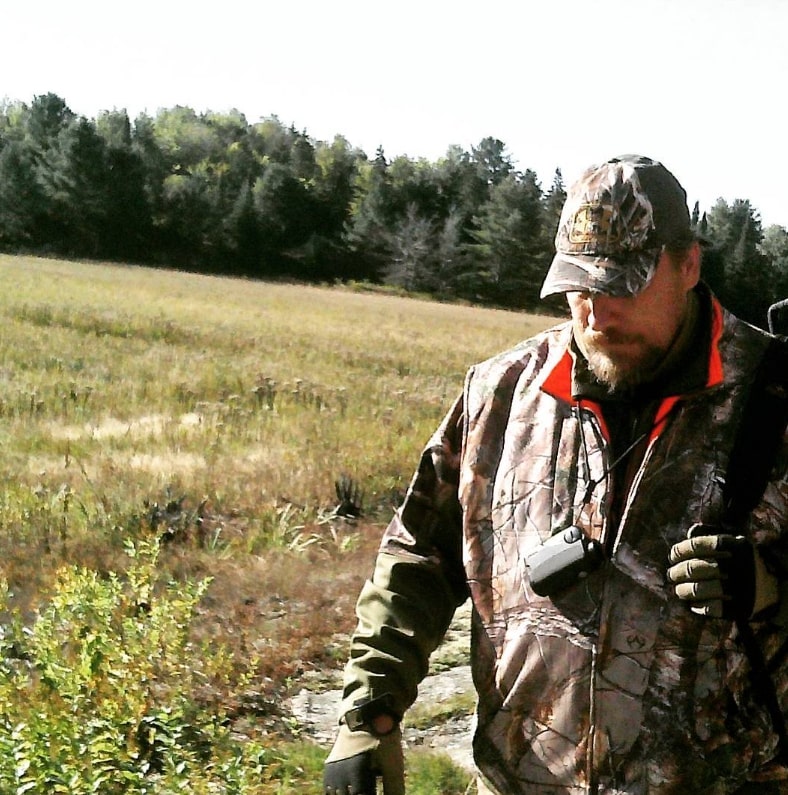Wild Turkey 101


Wild Turkey 101
Hey fellow hunters, today I want to talk about one of my favorite game birds: the wild turkey. These birds are tough, smart, and can be quite elusive, but with some knowledge and experience, you can become a successful turkey hunter. Let’s dive into Wild Turkey 101.
Habitat and Distribution
When it comes to wild turkeys, you can find them all over North America – from the southern tip of Mexico all the way up to the northern reaches of Canada. And while there are several different subspecies, they all share some common preferences when it comes to habitat. Turkeys tend to thrive in woodland areas that offer a mix of hardwood trees, open fields, and nearby water sources. They also need roosting trees to rest and sleep in at night. Once morning comes around, the turkeys will take flight from their roosts and start searching for their next meal.
Behavior and Communication
Turkeys are social animals and live in flocks that consist of hens, young birds, and jakes (young males), while mature toms (adult males) usually roam alone or in smaller groups. Communication is key for turkeys, and they use a variety of sounds and body language to communicate with each other. The most well-known sound is the gobble, which is a loud call that toms make to attract hens during the breeding season. Hens also make a variety of sounds, including yelps, clucks, and purrs, which they use to communicate with their young and other flock members.
Breeding Season
Turkey hunters find the turkey breeding season, commonly referred to as spring season, to be the most thrilling time. This is because mature toms are actively seeking hens to mate with, and become highly energetic and vocal. Depending on the location and subspecies, the breeding season generally occurs between March and May. During this period, hunters utilize calls and decoys to lure in toms by mimicking the sounds of hens and competing males.
Turkey Hunting Gear
To be a successful turkey hunter, you need the right gear. A shotgun is the most common weapon for turkey hunting, and a 12 or 20 gauge is recommended. Camouflage clothing is also a must, as turkeys have excellent eyesight and can spot movement from a long distance. A good pair of boots is essential for walking through woods and fields, and a hunting vest with plenty of pockets is great for carrying gear and calls. Speaking of calls, there are a variety of turkey calls available, including box calls, slate calls, diaphragm calls, and more. It’s important to practice your calling before heading out into the field to ensure that you’re able to produce realistic and convincing sounds.
Tips for Successful Turkey Hunting
Here are some tips that I’ve learned over the years for successful turkey hunting:
- Scout your hunting area ahead of time to locate roosting trees, feeding areas, and turkey sign (scratches in the ground, droppings, feathers, etc.)
- Set up your hunting blind or spot well before sunrise, giving yourself plenty of time to get settled in and wait for the turkeys to start moving
- Use a decoy to attract toms, but be sure to set it up in a realistic way and avoid using it in areas with high hunting pressure
- Call softly and sparingly at first, gradually increasing your calling as the morning progresses and turkeys become more vocal
- Be patient and stay alert, as turkeys can appear suddenly and disappear just as quickly
- Always practice safe hunting practices, including proper gun handling, communication with other hunters in the area, and wearing blaze orange during turkey season
Wild turkey hunting can be a challenging and rewarding experience for any outdoorsman. By understanding the habitat and behavior of turkeys, using the right gear, and practicing proper hunting techniques, you can increase your chances of success in the field.




